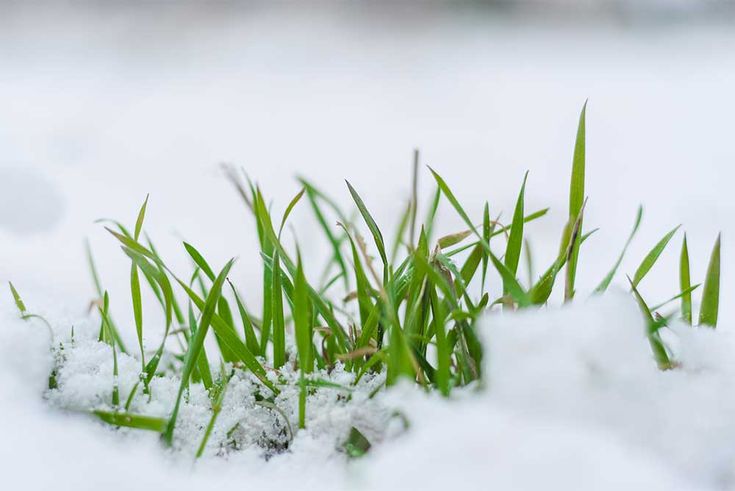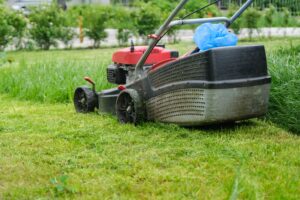Toronto’s harsh winters, with their freezing temperatures and unpredictable freeze-thaw cycles, can create challenges for your lawn if not properly prepared. While winter dormancy helps grass survive, the cold weather and fluctuating conditions expose vulnerabilities in your lawn’s health. Let’s break down the effects of freezing temperatures on your lawn and explore how proper preparation—especially aeration—could have made all the difference.
How Freezing Temperatures Impact Your Lawn
Exposed Grass Roots
During winter, as the ground freezes and thaws, the soil expands and contracts. This process, known as frost heaving, can disrupt the soil structure and expose grass roots. When roots are exposed to frigid temperatures and dry winter air, they become vulnerable to damage. Without proper insulation, this can lead to weakened or dead patches of grass when spring arrives.
Compacted Soil
Toronto’s heavy snowfall can compact your lawn’s soil over time. Compacted soil reduces oxygen and water availability to the grass roots, making it harder for your lawn to recover in the spring.
Snow Mold
If snow lingers too long, it can create ideal conditions for fungal diseases like snow mold. Snow mold thrives when moisture is trapped in poorly drained or overly compacted areas of your lawn. Snow mold can cause allergic reactions in humans and pets.
What Could Have Helped? Aeration to the Rescue!
Aeration is a crucial part of fall lawn care that prepares your grass to withstand the challenges of winter. Here’s how it could have helped:
1. Prevents Frost Heaving
By aerating your lawn in the fall, you reduce soil compaction and create small holes that improve drainage. This minimizes the risk of frost heaving by allowing water to drain away rather than freeze and expand within the soil.
2. Strengthens Grass Roots
Aeration allows oxygen, water, and nutrients to penetrate deeper into the soil, promoting stronger root growth. With deeper, healthier roots, your lawn can better resist the stress of freezing temperatures.
3. Reduces Snow Mold Risk
Aeration improves airflow in the soil and prevents water from pooling, reducing the chances of snow mold developing under long-lasting snow cover.
What You Can Do Next Season
Our expert landscapers can determine exactly when your lawn needs dethatching, aeration, and fertilizing. They’ll take the guesswork out of lawn care and ensure everything is done at the right time for the best results.
Aerate Twice a Year
Consider aerating your lawn in both the spring and fall. Spring aeration helps relieve soil compaction caused by winter, while fall aeration ensures your lawn is prepared for the cold months ahead.
Fertilize Wisely
After aerating, apply a winterizing fertilizer to feed your lawn with essential nutrients that promote root growth and resilience.
Ensure Proper Drainage
Inspect your lawn for low spots or areas prone to pooling water. Leveling these spots can further prevent frost heaving and mold issues.
Detaching
In addition to aeration, dethatching in the spring can remove excess thatch buildup, which can trap moisture and reduce airflow to your lawn’s roots. This helps your lawn stay healthy and ready to grow.
Wrapping Up
Toronto’s freezing temperatures are inevitable, but a little preparation goes a long way in protecting your lawn. Aeration is the unsung hero of lawn care, providing the foundation for a healthy, resilient lawn that can withstand even the harshest winters. By planning ahead and investing in these vital services, you’ll set your lawn up for success next spring.
Don’t let winter win—start planning for next season today!














